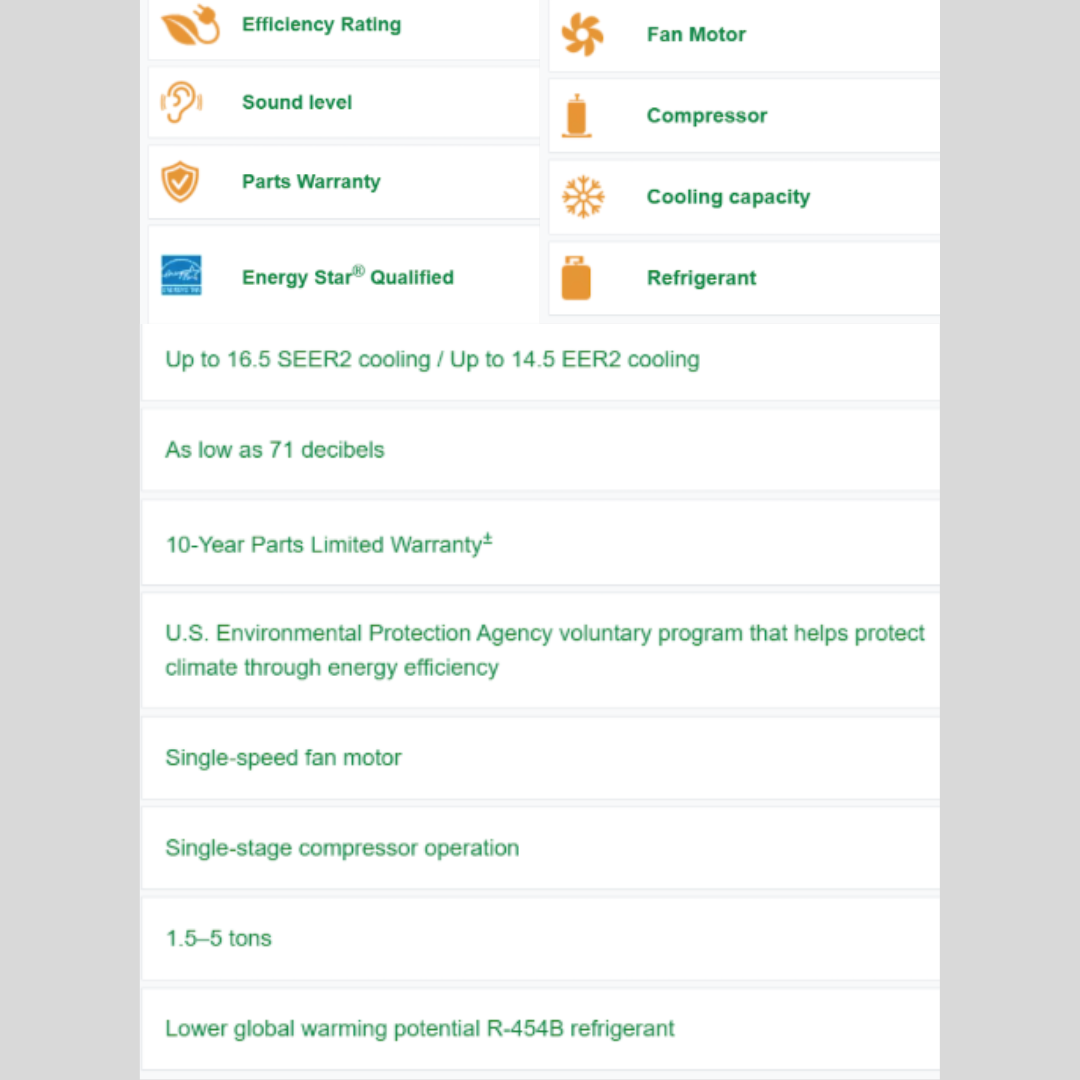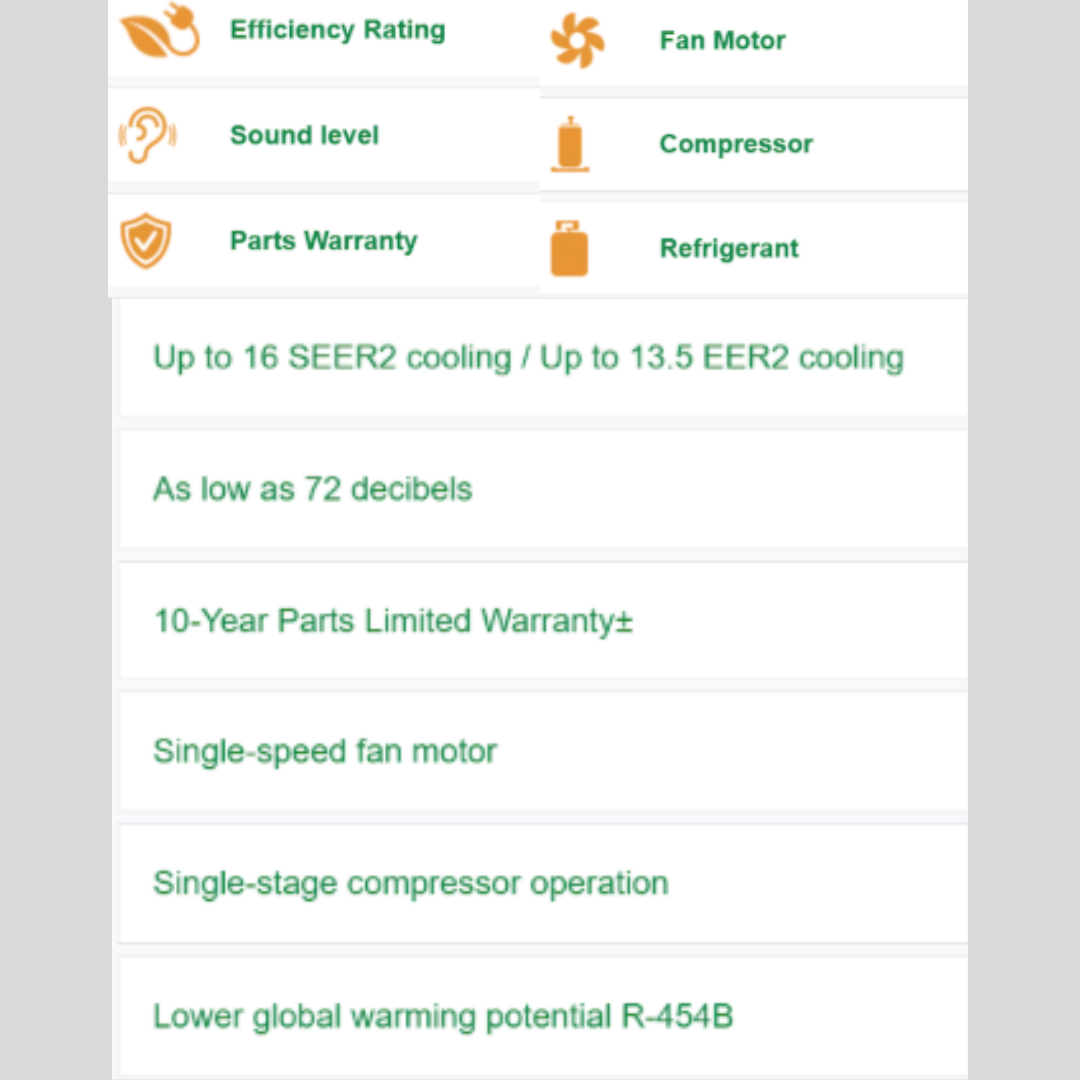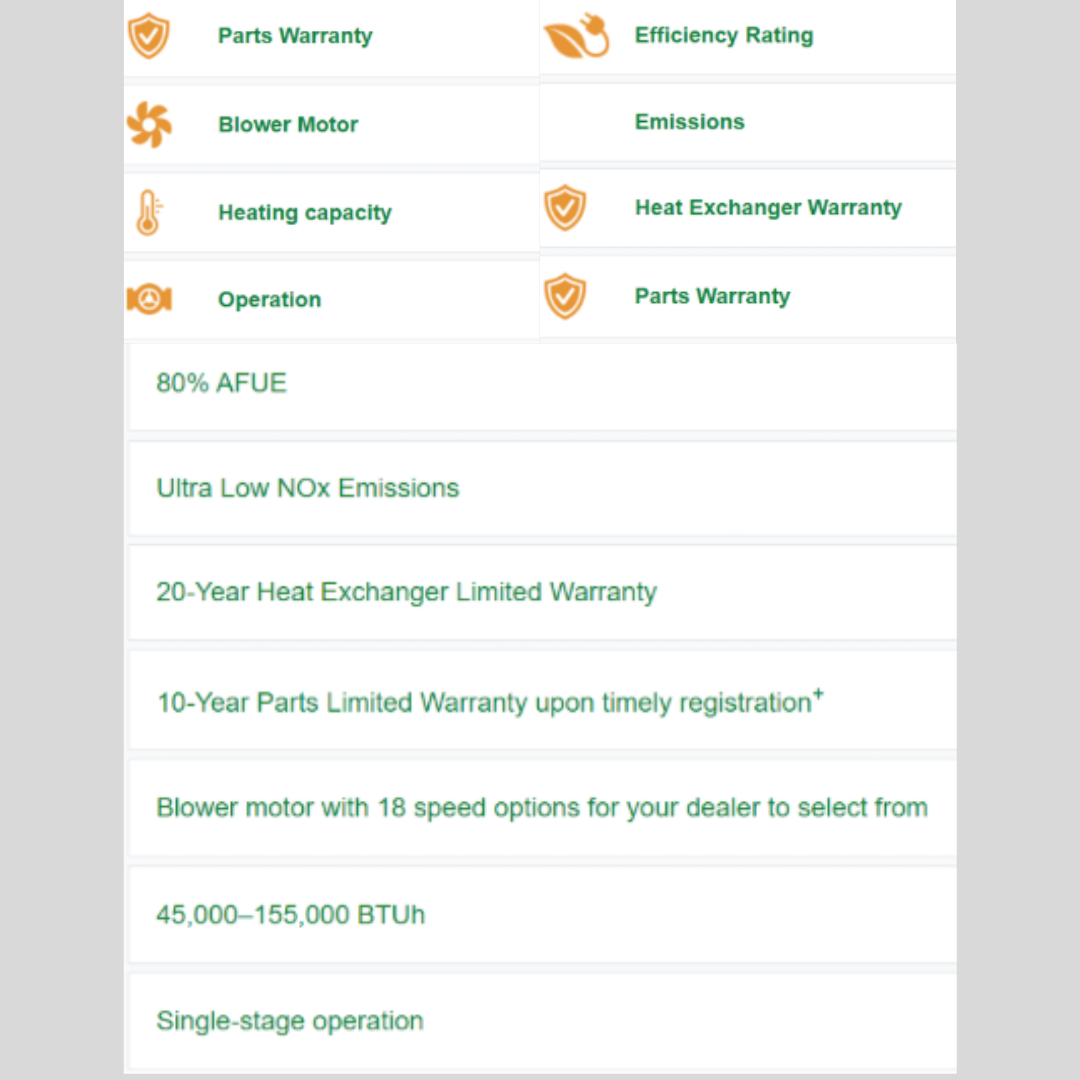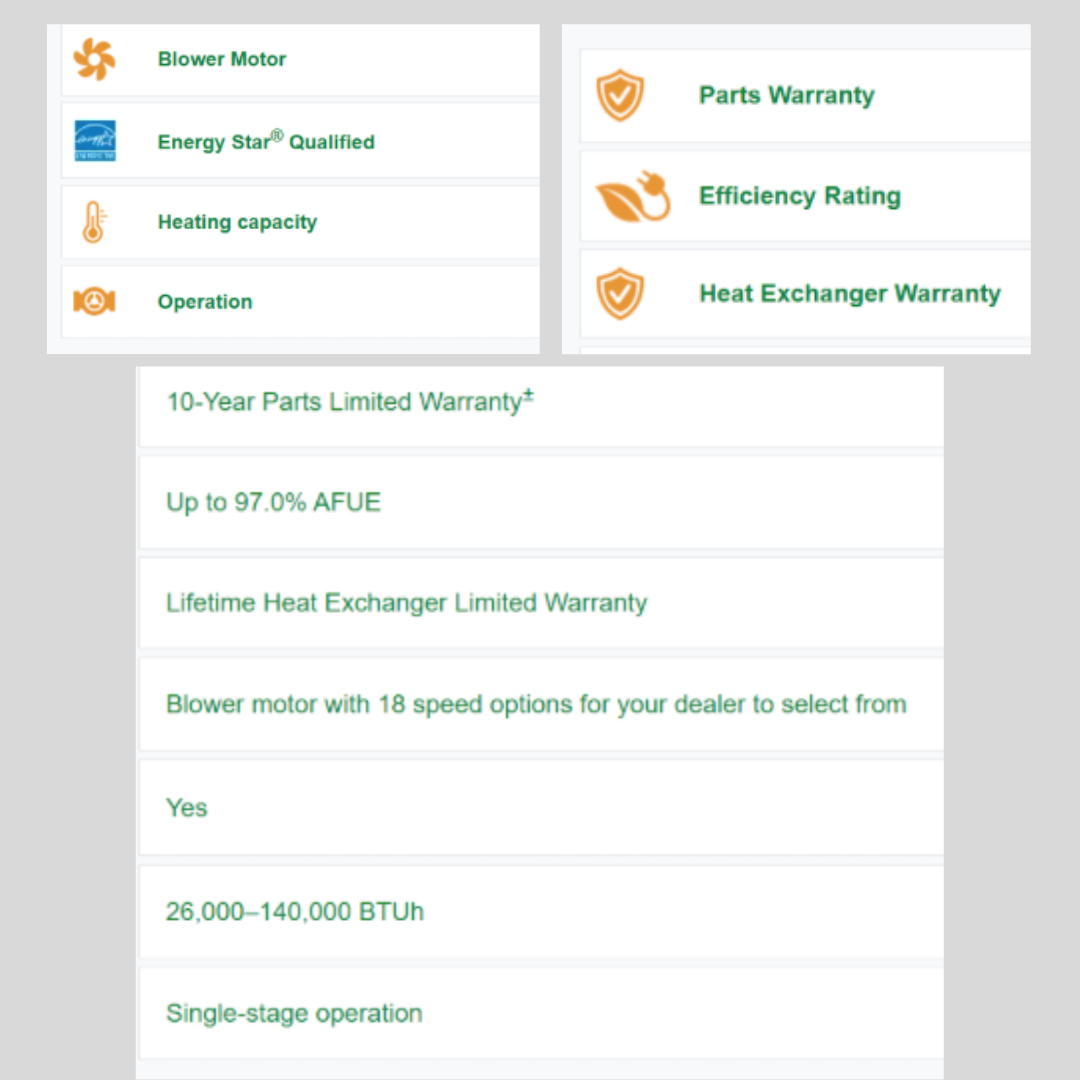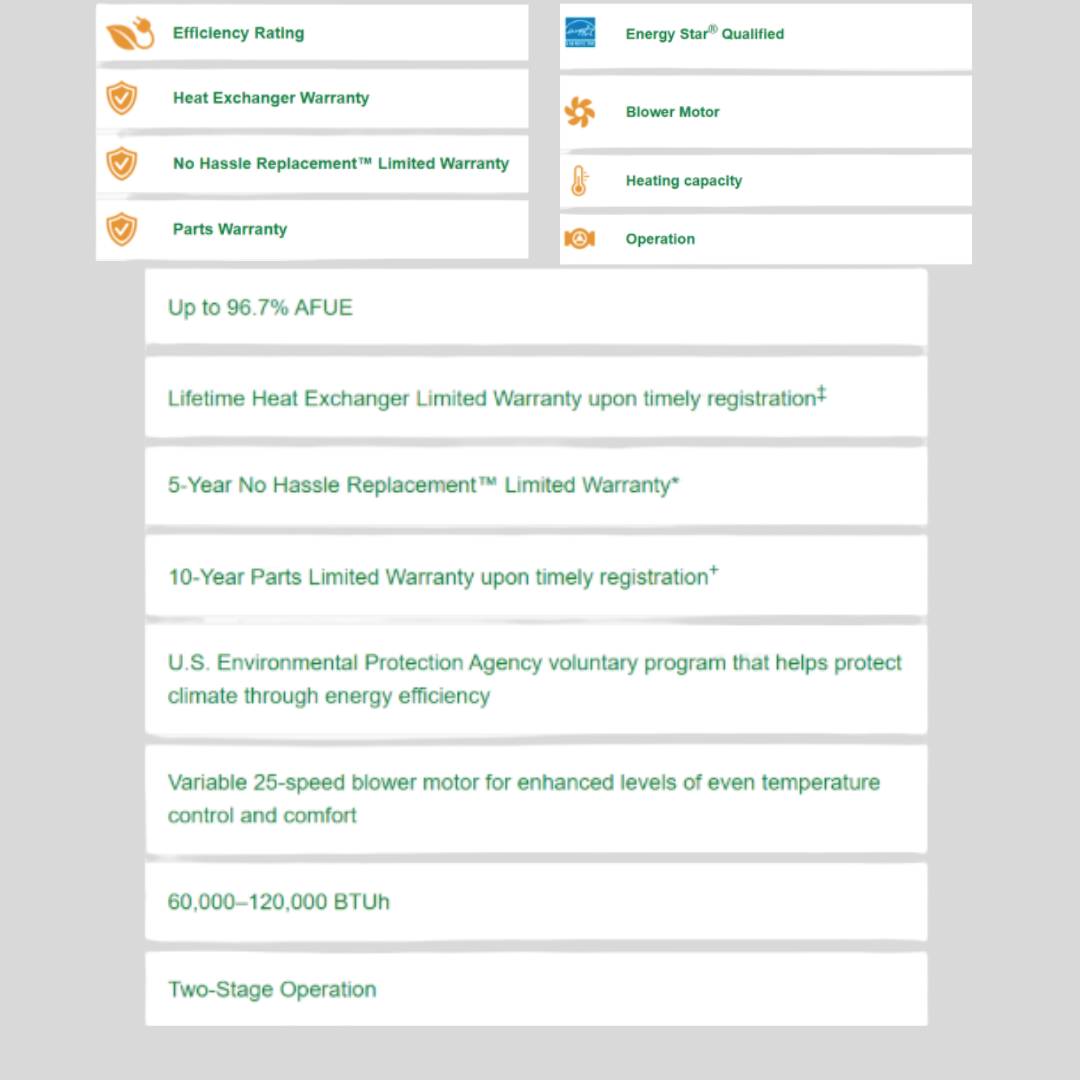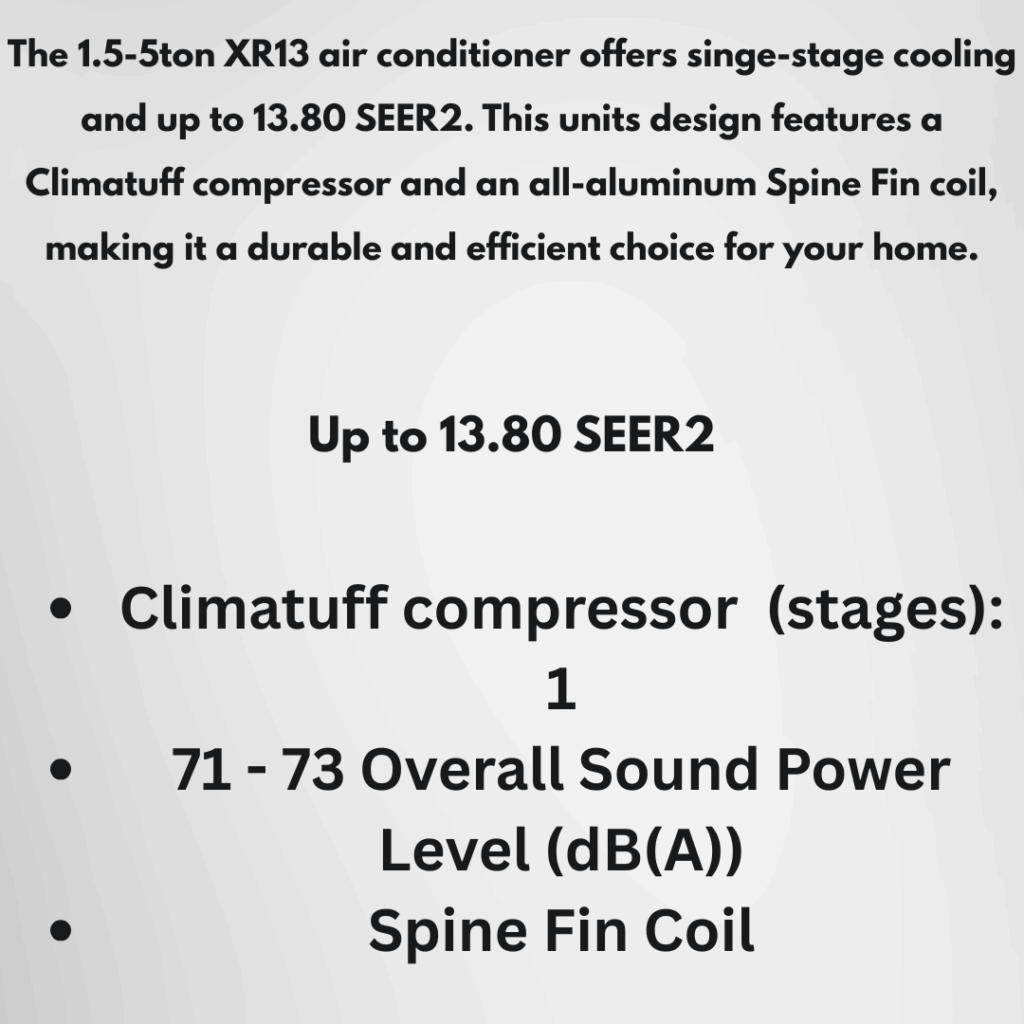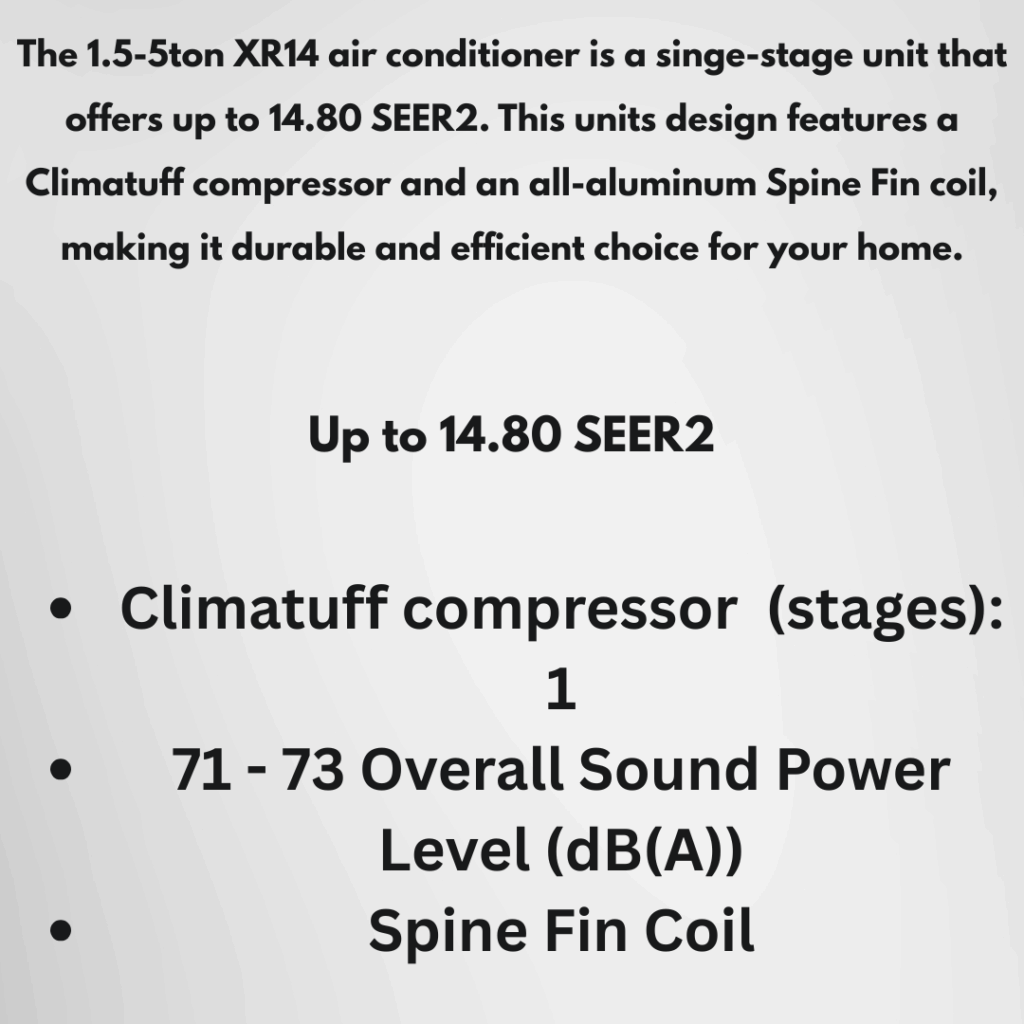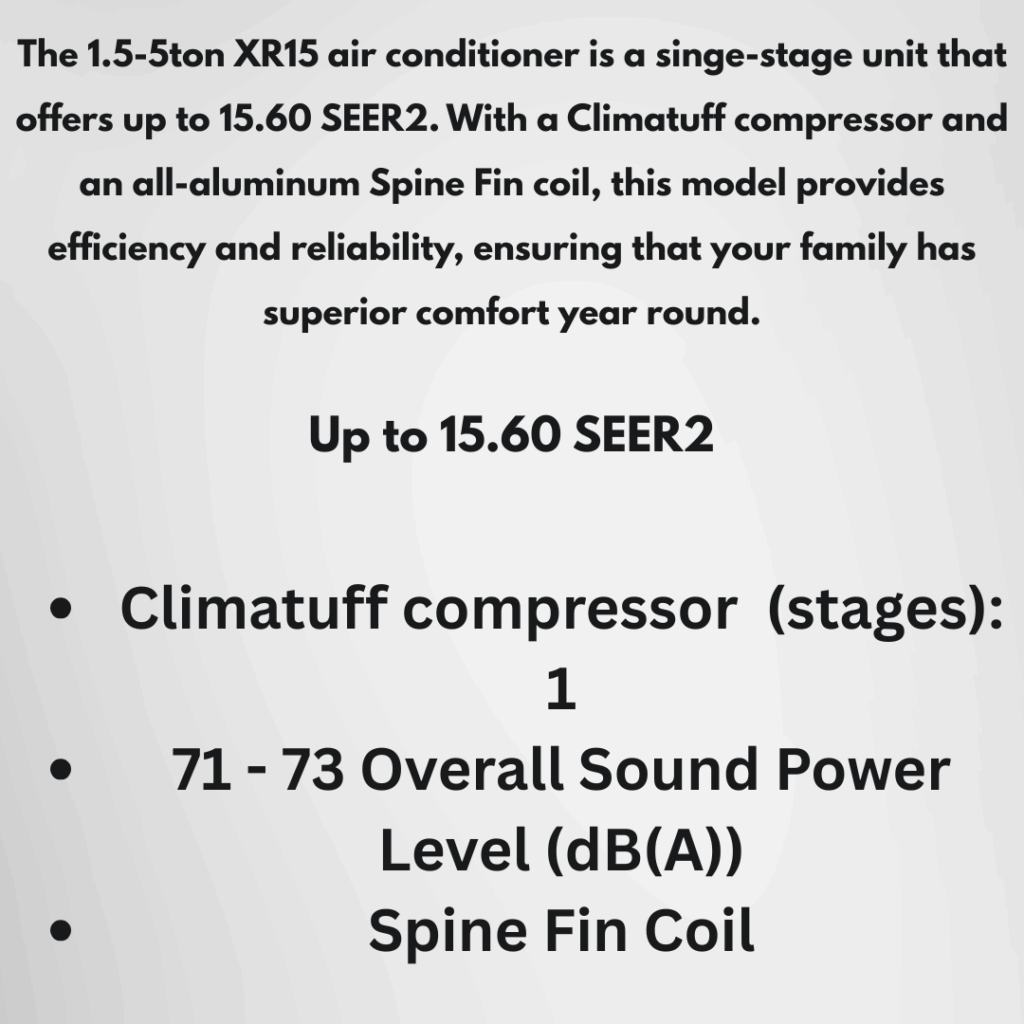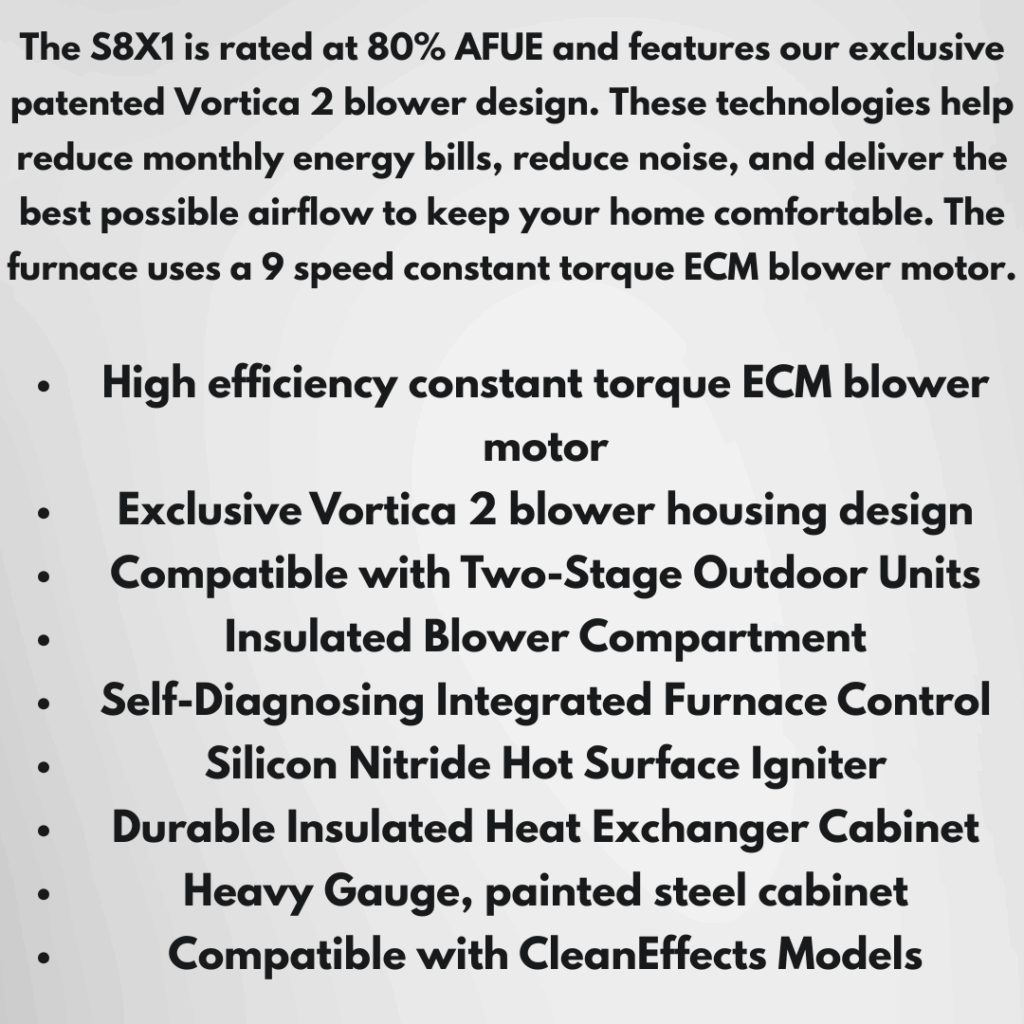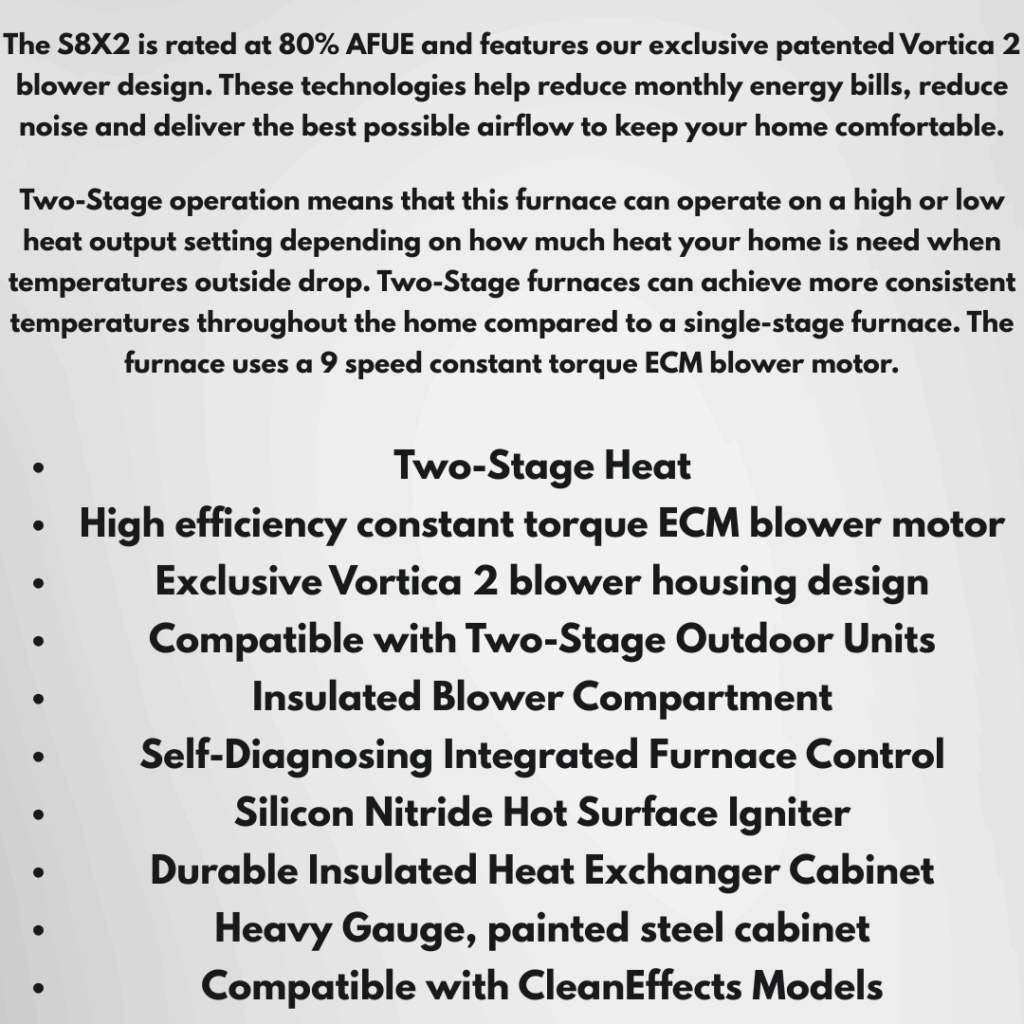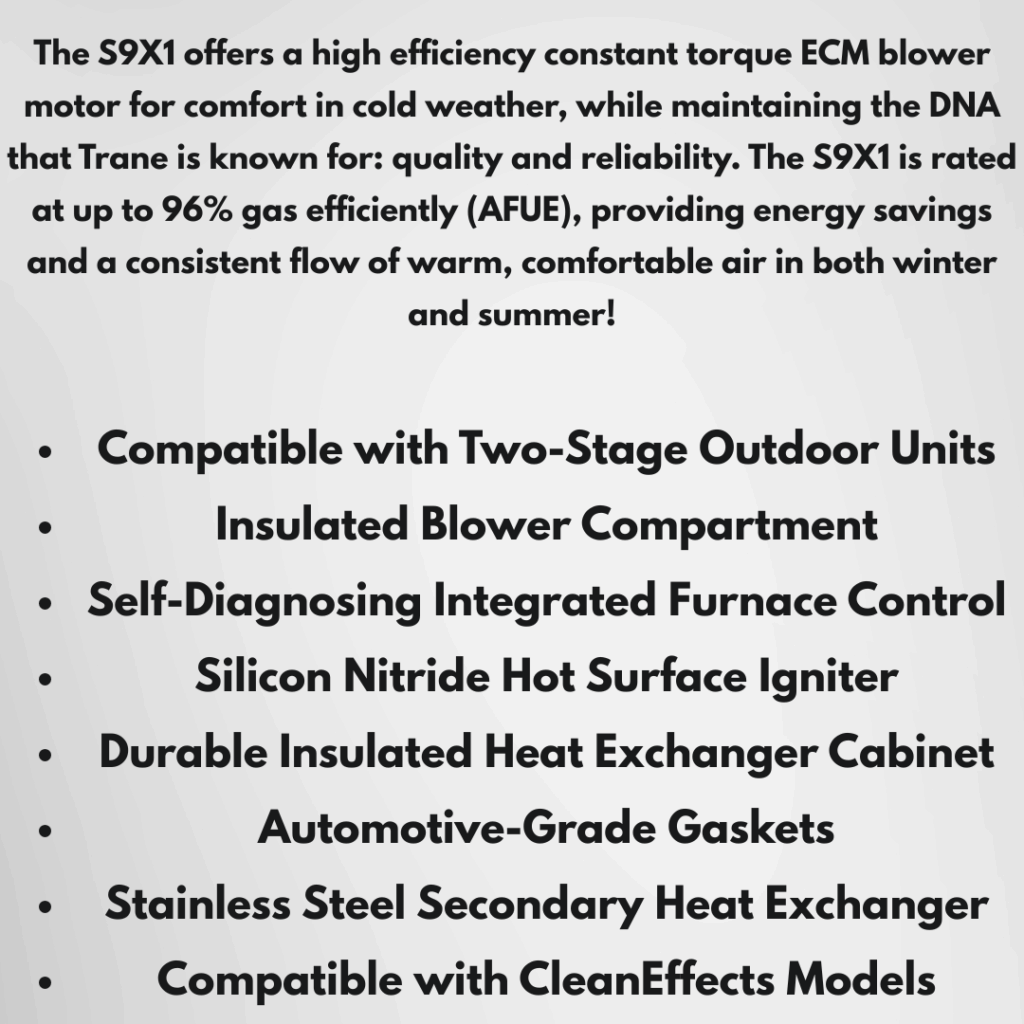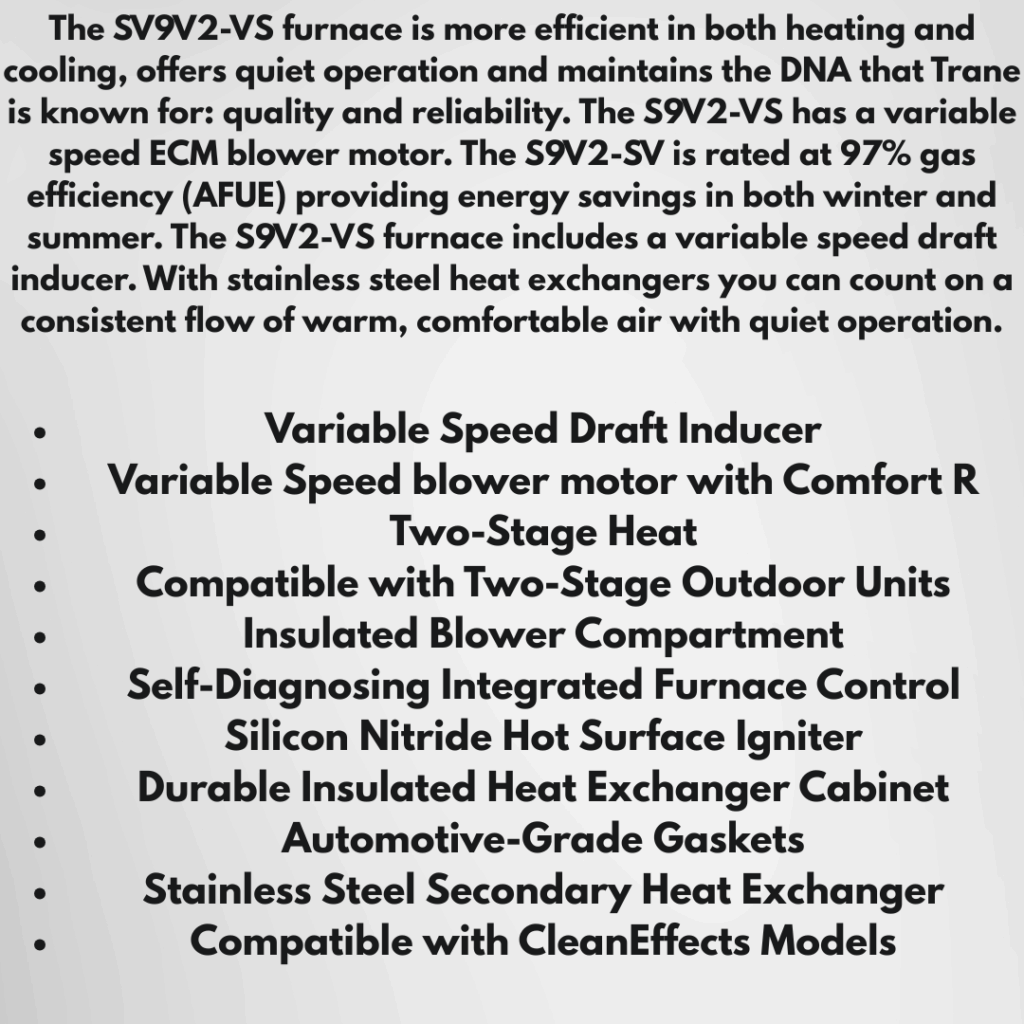Why Furnace Maintenance Is Essential for Utah Homeowners
Discover why furnace maintenance matters in Utah’s cold climate. Learn how routine tune-ups improve safety, air quality, efficiency, and comfort for your home.
Utah Winters Demand Reliable Heat
Utah’s long heating season means your furnace runs hard for six months or more every year. Without yearly maintenance, dust buildup, weak airflow, and worn parts cause breakdowns just when you need heat most.
Benefits:
- – Reduces mid-winter furnace failures
- – Validates proper operation and set up of system
- – Safety inspection for peace of mind
Reduce Mid-Winter Furnace Failures
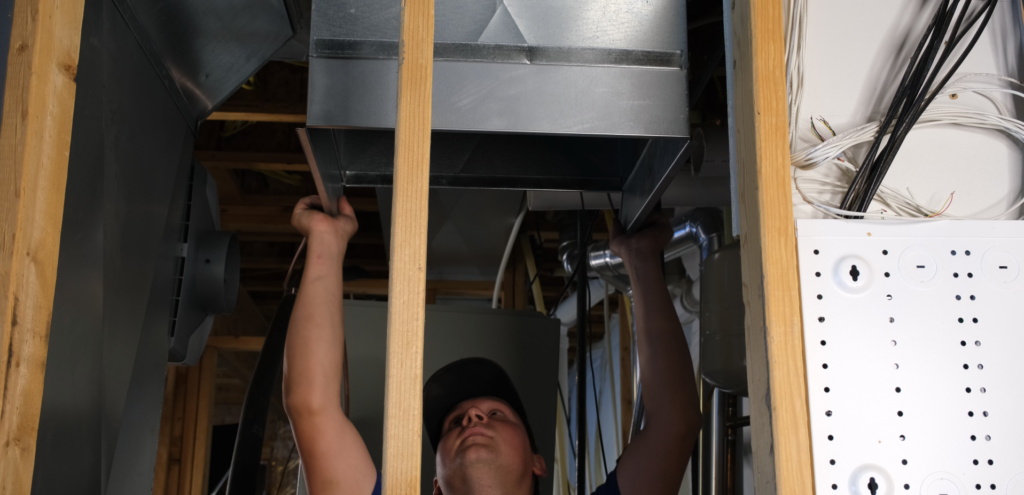
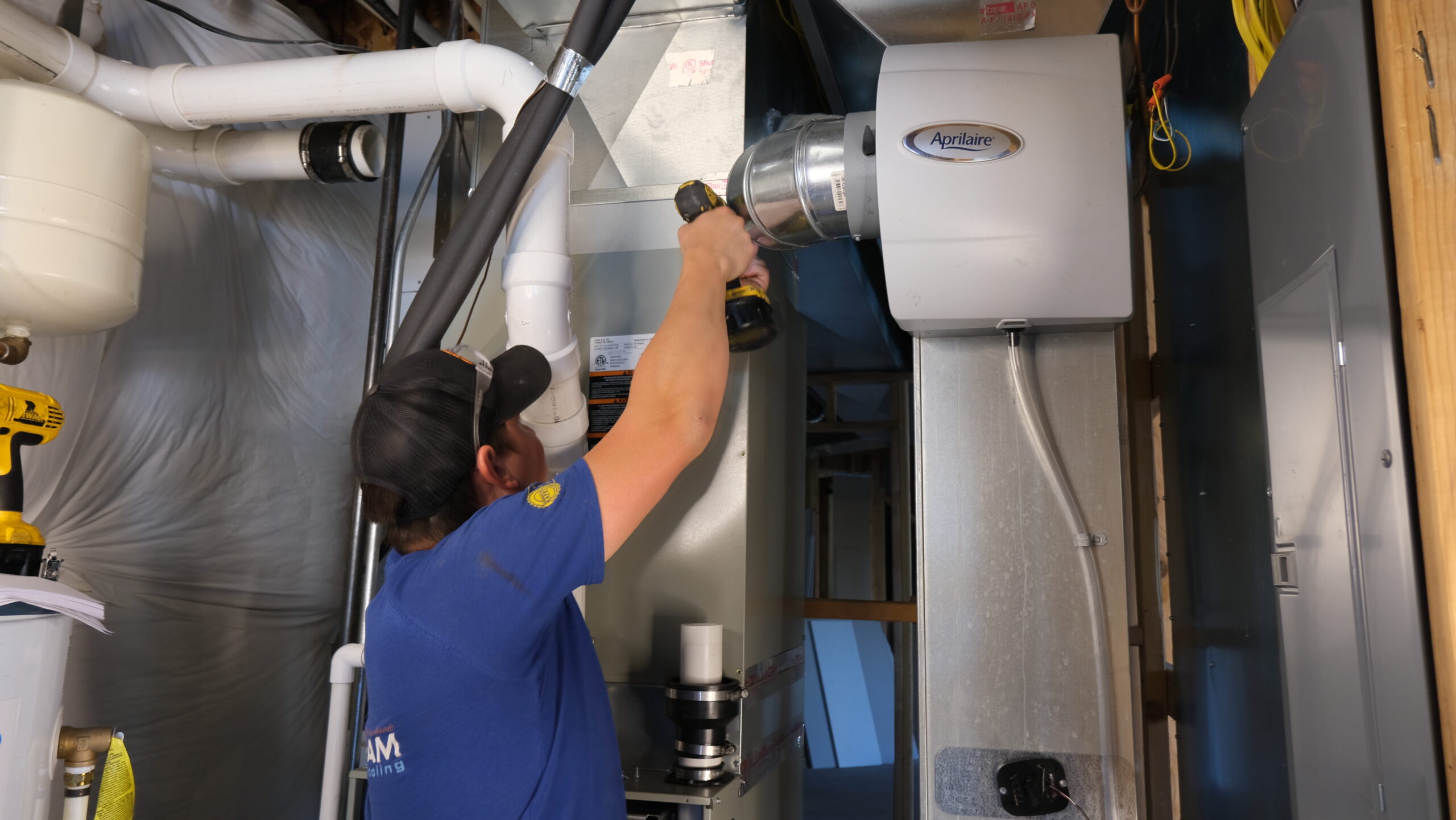
🧼 1. Dirty Sensors & Coils
A dirty sensor or secondary heat exchanger can cause your furnace to shut down or short-cycle. Dust and residue prevent proper ignition or heat transfer.
✅ Prevention: Have sensors, burners, and coils professionally inspected or cleaned every fall to ensure efficient combustion and airflow..
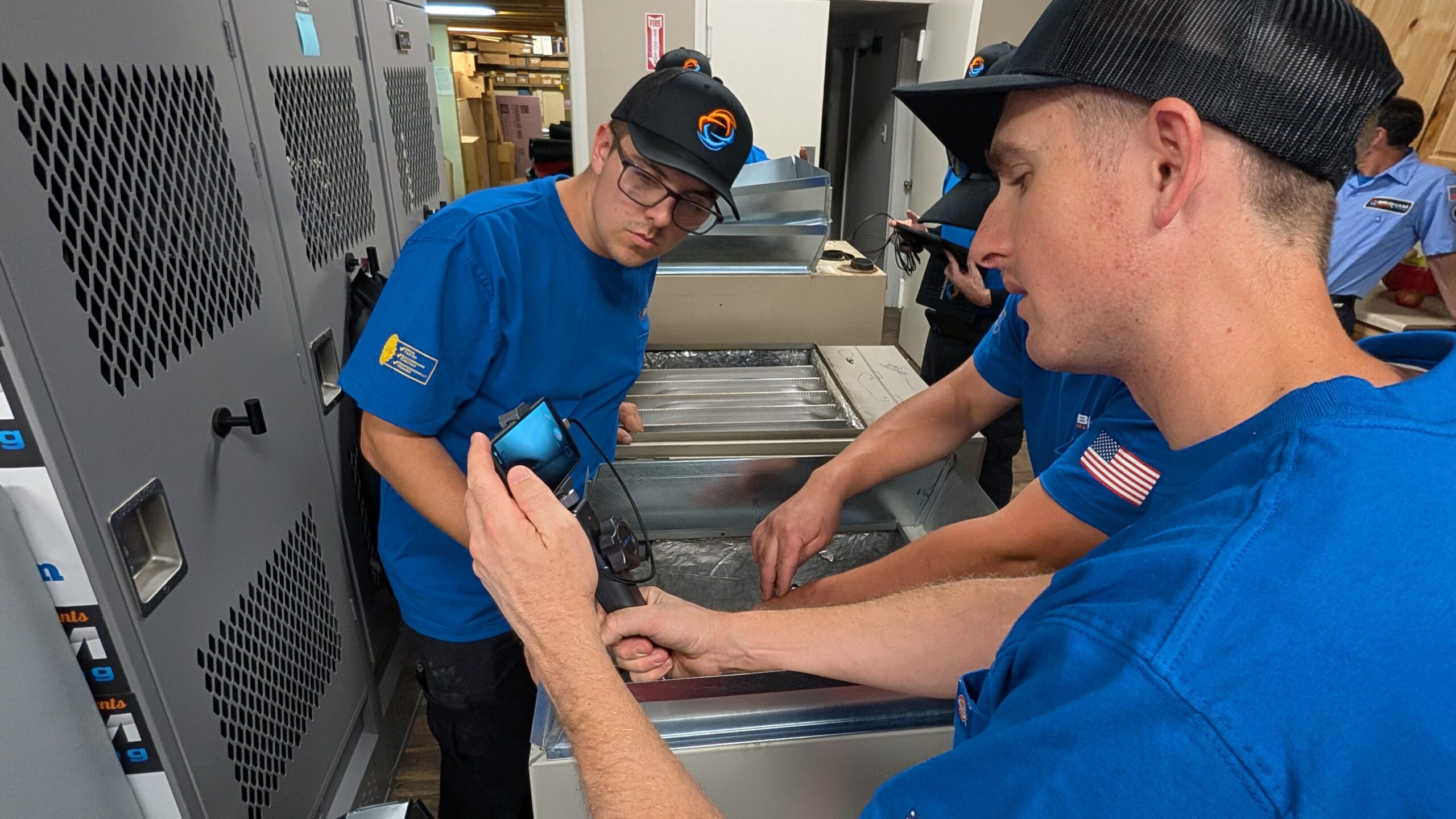
💧 2. Clogged Drain Systems
Condensing furnaces produce water as a byproduct of high-efficiency operation. When the drain line clogs or freezes, safety switches shut the system down.
✅ Prevention: Technicians should flush and check drain traps during annual tune-ups to keep water flowing freely.
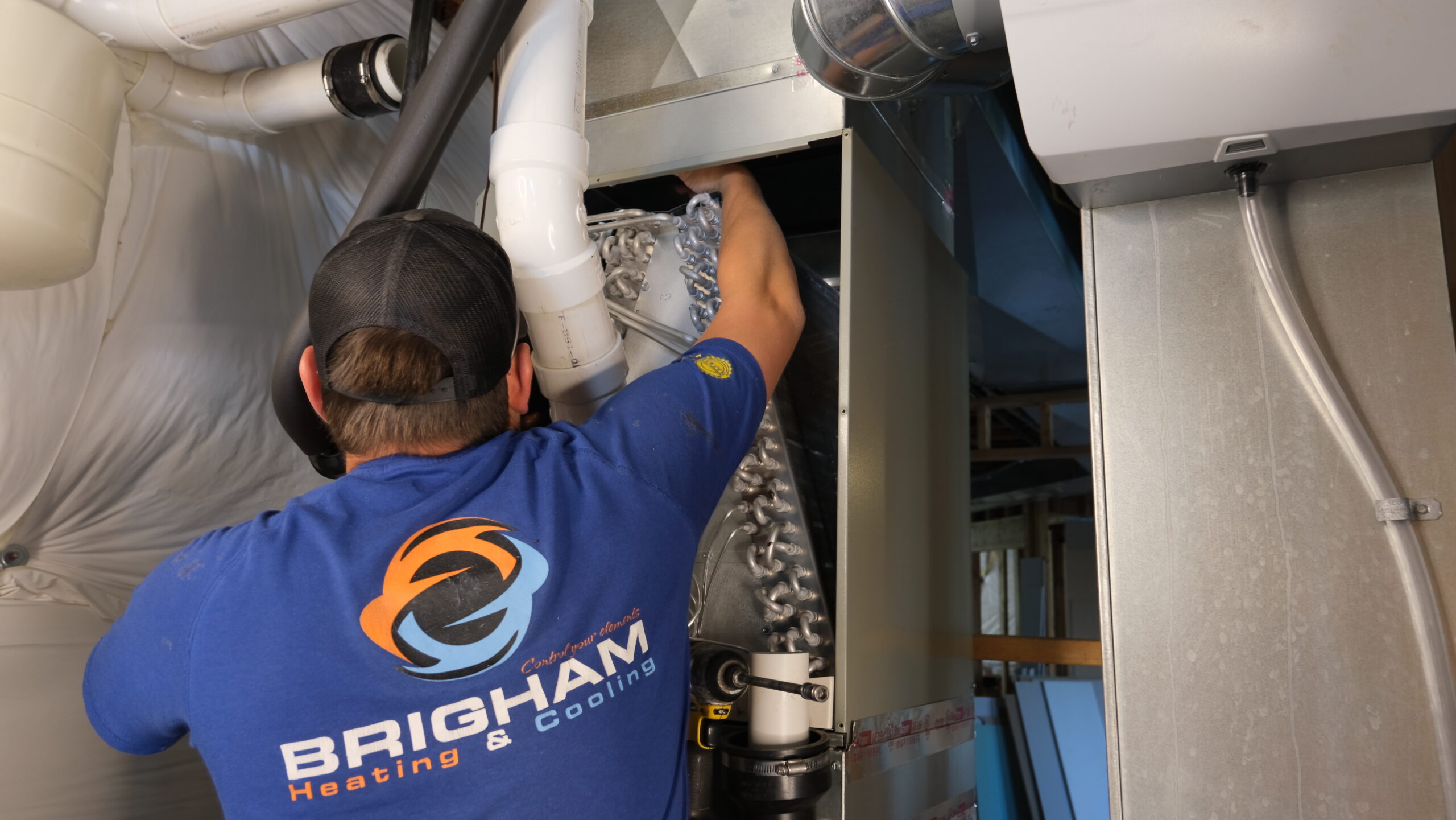
🌬️ 3. Blocked Vent Systems
Bird nests, debris, or snow can restrict airflow in intake or exhaust vents, causing safety lockouts.
✅ Prevention: Inspect exterior vent terminations regularly and ensure vents are clear of ice and snow after storms.
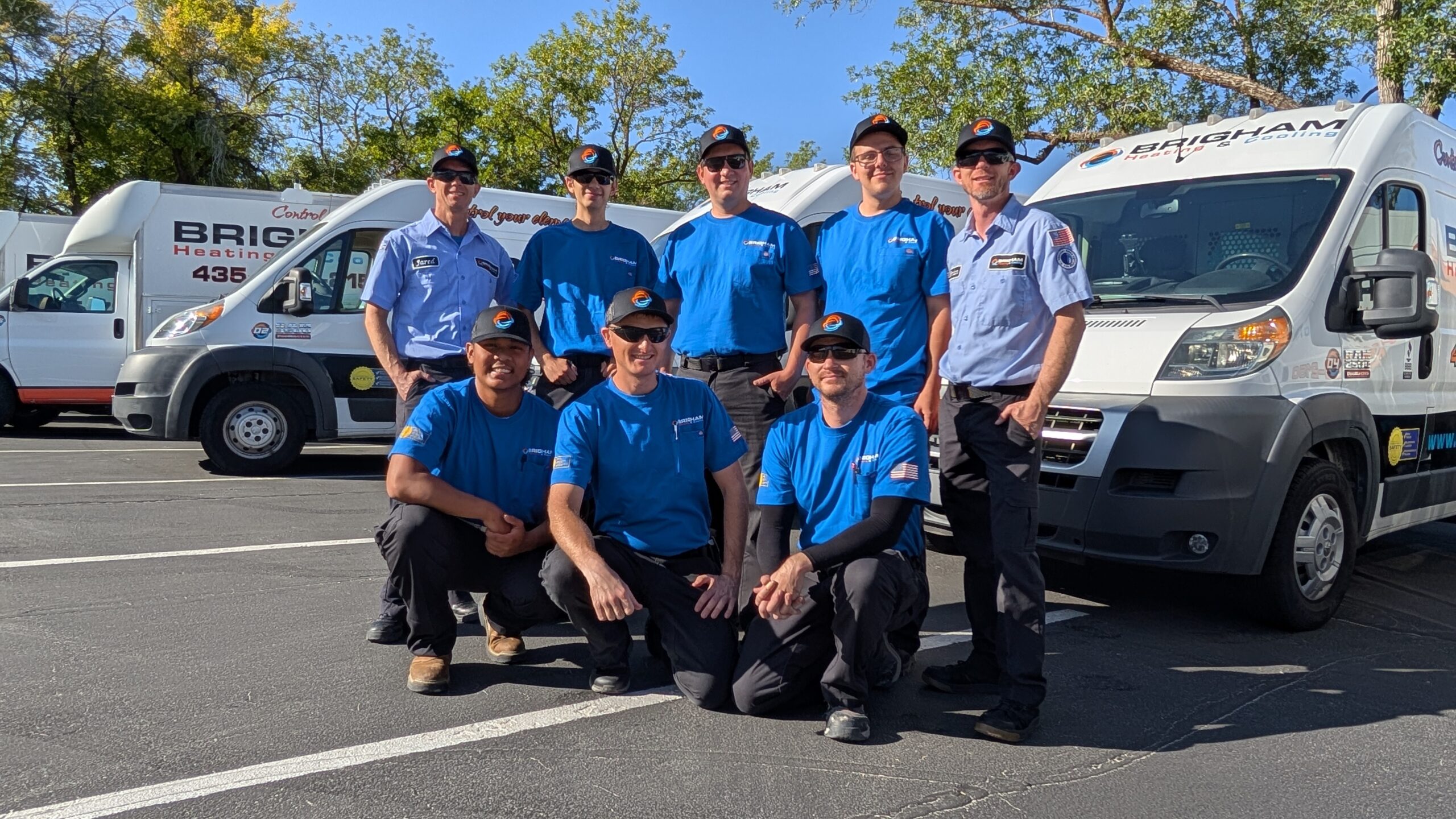
⚙️ 4. Worn Inducer Draft and Blower Motors
Motors work hardest in the coldest months. Bearings wear down, capacitors weaken, and airflow drops, leading to overheating or system lockouts.
✅ Prevention: Listen for unusual noises and schedule a tune-up before winter. Replacing worn parts early prevents emergency breakdowns.
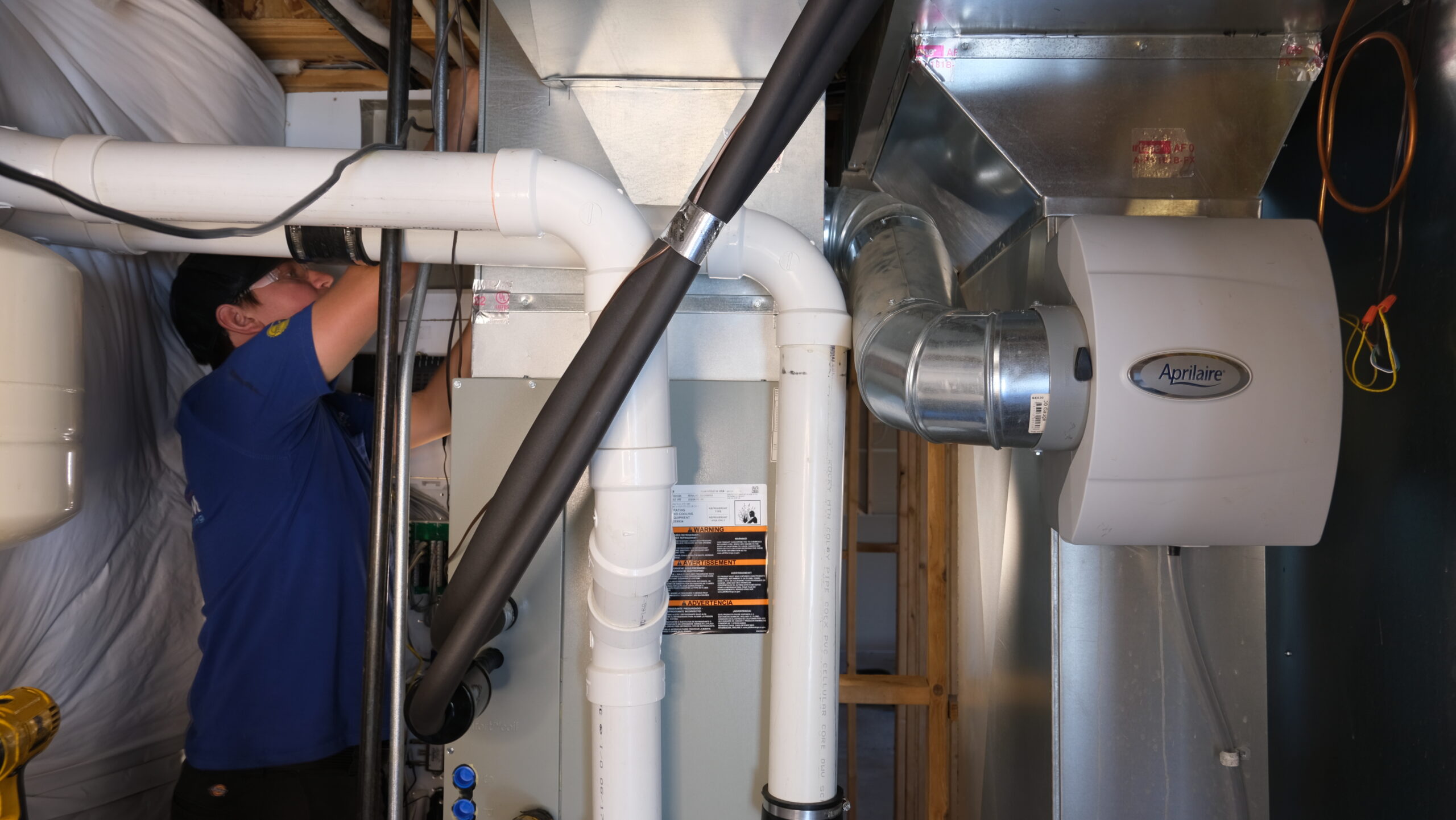
💦 5. Water-Damaged Controls
Condensation or leaking drain lines can drip onto circuit boards and control wiring, causing intermittent failures or total shutdowns.
✅ Prevention: During service, technicians check for moisture around controls and verify all drain and vent routing is sealed and leak-free..
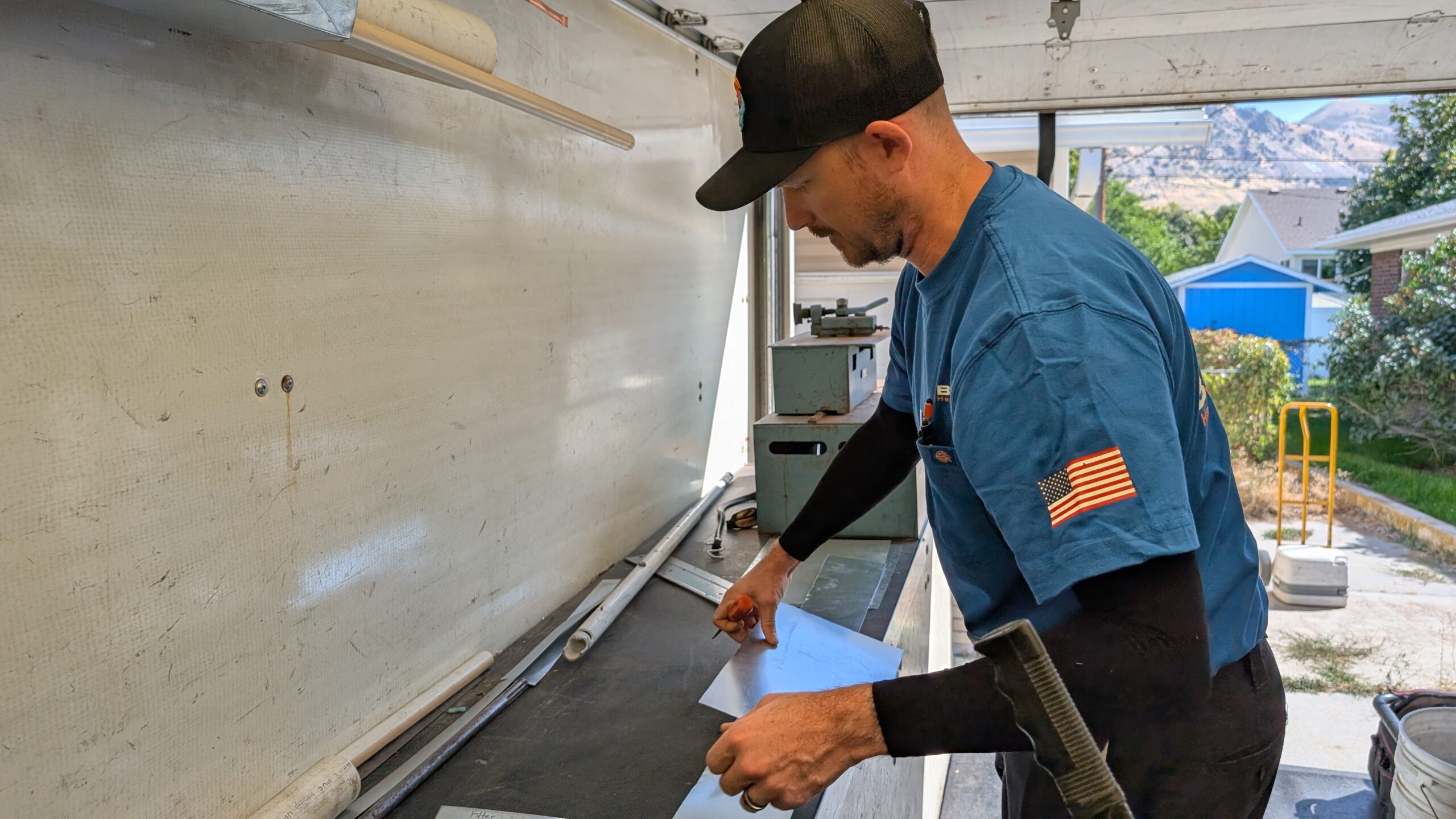
🔧 The Bottom Line
Most mid-winter furnace failures can be avoided with a single annual maintenance visit. Professional cleaning and inspection ensure every safety, drainage, and ventilation system works correctly — keeping your home safe and warm all season.
Why a Proper Furnace Setup Matters in Utah
🏔️ 1. Altitude Affects Furnace Performance
Most furnaces are designed and rated for sea level operation — not Utah’s 4,000–6,000+ foot elevation.
At higher altitudes, air is thinner, which means less oxygen is available for combustion. Without proper adjustments, your furnace can:
- Burn too rich or too lean
- Produce carbon monoxide
- Lose efficiency and shorten the life of heat exchangers
💨 2. Correct Blower Settings Ensure Comfort and Safety
Your furnace’s blower speed determines how much air moves across the heat exchanger.
If the airflow is too low → air gets too hot → heat exchanger overheats and leads to more breakdowns.
If it’s too high → you lose efficiency and comfort because air passes through too fast.
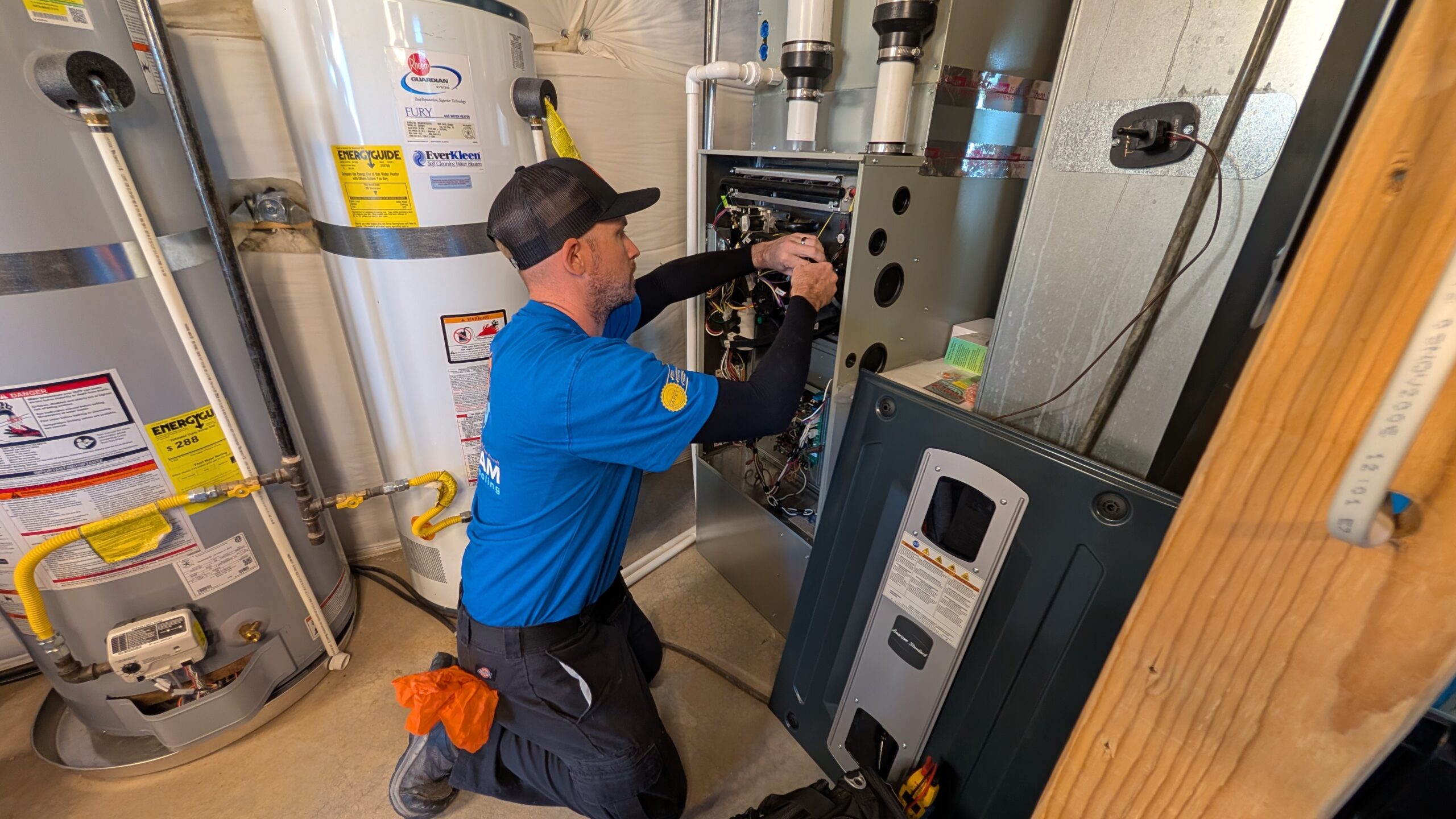
What Can Go Wrong Without Proper Air Flow Setup
- Noisy airflow or short cycling
- Reduced lifespan of key components
- Poor heating performance
Furnace Maintenance
The Importance of Safety Inspections: Combustion Air and Heat Exchanger Checks
Your furnace quietly handles some serious hazards every day — gas, fire, and combustion gases. It’s designed to keep those elements safely contained, but that safety depends on regular maintenance and inspection.
That’s why safety inspections on your combustion air supply and heat exchanger are critical parts of professional furnace maintenance.
Both systems must work together properly to keep your home safe, efficient, and warm during Utah’s long heating season.
🔥 Why Combustion Air Matters
Every gas furnace needs combustion air — fresh oxygen from inside or outside your home — to burn fuel safely and efficiently.
If the furnace doesn’t get enough air, the flame becomes starved for oxygen. That’s when dangerous things can happen:
⚠️ Risks of Insufficient Combustion Air:
- Incomplete combustion, producing carbon monoxide (CO)
- Soot buildup on burners, flame sensors, and heat exchangers
- Pilot or burner flame rollout (fire hazard)
- Reduced efficiency and higher fuel costs
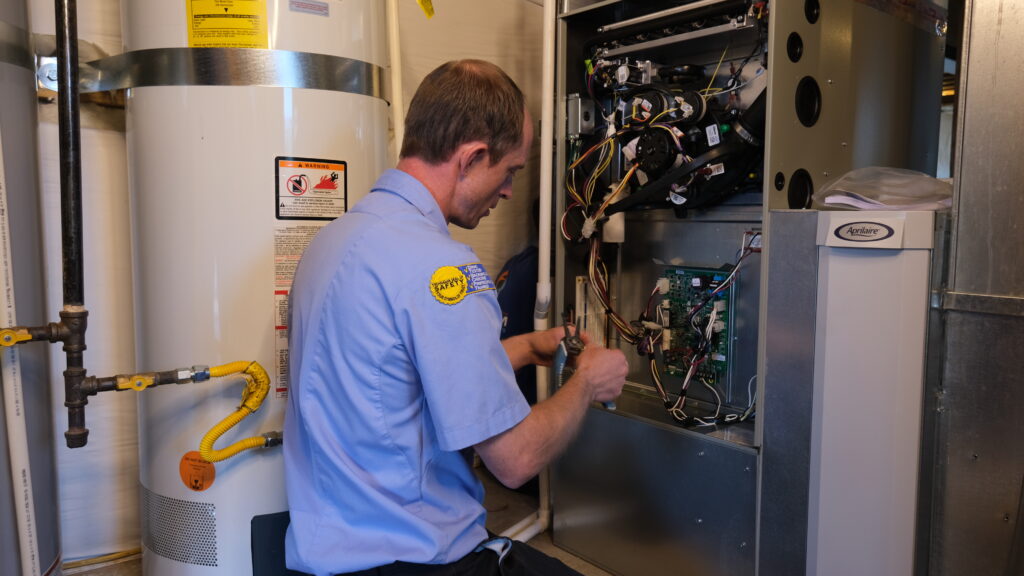

Furnace Heat Exchanger Safety: Why Cracks Happen and Why It Matters
Your furnace’s heat exchanger is the heart of your heating system — the component that separates the hot combustion gases from the clean air your family breathes.
When it’s working properly, it keeps you safe and warm.
When it fails, it can leak carbon monoxide (CO) and other combustion gases into your home’s air supply — creating a serious safety hazard.
But what many homeowners don’t realize is that most heat exchanger failures happen gradually, through metal fatigue caused by normal expansion and contraction cycles.
Furnace Heat Exchanger Safety: Why Cracks Happen and Why It Matters
Your furnace’s heat exchanger is the heart of your heating system — the component that separates the hot combustion gases from the clean air your family breathes.
When it’s working properly, it keeps you safe and warm.
When it fails, it can leak carbon monoxide (CO) and other combustion gases into your home’s air supply — creating a serious safety hazard.
But what many homeowners don’t realize is that most heat exchanger failures happen gradually, through metal fatigue caused by normal expansion and contraction cycles.
How Long Does a Furnace Last?
Most furnaces in Utah last 15 years, but how long yours lasts depends on the type of system, how well it was installed, how it’s maintained, and the conditions it operates under.
Extend Heat Exchanger Life
- Schedule annual professional maintenance
- Replace filters every 1–3 months
- Ensure proper airflow and blower speed
- Make sure the system is set up for altitude
Furnace Maintenance
Peace of Mind, Year After Year
You rely on your furnace every day through the winter. Annual tune-ups keep it safe, efficient, and ready for the long haul—giving you one less thing to worry about when Utah weather hits hard.

